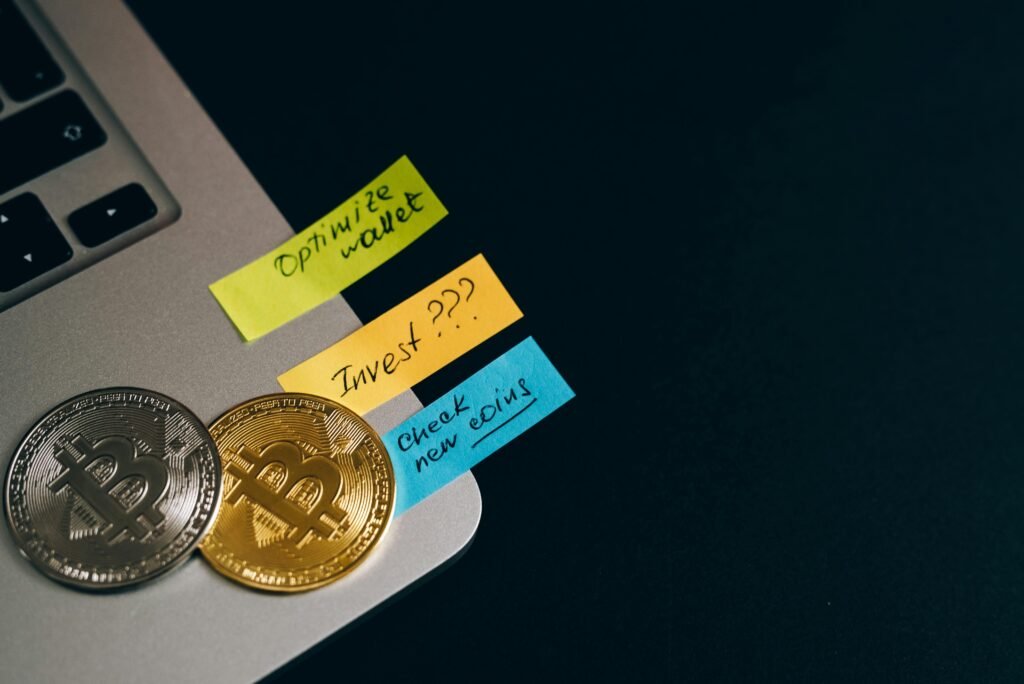Ever heard a teenager brag about their savings account? Yeah, us too… never.
Here’s the shocking truth: only 24% of millennials demonstrate basic financial literacy, according to a study by the FINRA Foundation. Yikes. But it gets worse: most teens have no idea what a “youth savings account” even is—let alone how it can help them save for college or that dream car. That’s why this post dives deep into Youth Financial Education, breaking down how young people (and their parents) can build rock-solid money habits early on.
In this guide, we’ll uncover:
- The basics of youth savings accounts
- Actionable steps to teach financial literacy
- Nine killer tips to supercharge youth saving habits
- Tips from real-life success stories
Jump to What Matters
- Key Takeaways
- Why Youth Financial Education Matters
- How to Set Up a Youth Savings Account
- Best Practices for Teaching Kids About Money
- Case Studies: Success Stories
- FAQs
Key Takeaways
- Youth savings accounts are low-risk, high-reward tools for teaching kids financial responsibility.
- Starting early with financial education builds lifelong money management skills.
- Parents play a critical role but must avoid making it feel like “homework.”
Why Youth Financial Education Matters
If you’re thinking, “Do kids really need financial lessons?”—consider this:
I once gave my 10-year-old cousin $20 as a gift, expecting her to stash it away. The next day, she came back with glow sticks, bubble gum, and half-eaten candy wrappers. Sure, she had fun—but zero concept of saving. Sound familiar?
That’s where youth financial education comes in. It helps children:
- Understand budgeting before they start earning money.
- Avoid drowning in debt later in life.
- Build confidence when managing finances.
To visualize this better, here’s an infographic summarizing the impact of early financial education:

How to Set Up a Youth Savings Account
Think setting up a youth savings account is just about walking into a bank? Here’s how to do it *the right way*:
Step 1: Research Banks Offering Youth Accounts
Look for banks with minimal fees, decent interest rates, and parental controls. Some popular options include Ally Bank, Chase First Banking℠, and Capital One MONEY.
Step 2: Gather Required Documents
- Parent/Guardian ID
- Child’s Social Security Number
- Proof of Address
Step 3: Open the Account Together
Sit your child down and involve them in opening the account. Explain concepts like compound interest using relatable examples (“Every dollar you save now could grow into TWO dollars later!”).

Best Practices for Teaching Kids About Money
- Make It Visual: Use jars labeled “Savings,” “Spending,” and “Giving.” Seeing progress motivates action.
- Gamify Money Lessons: Apps like Greenlight or chore charts turn financial tasks into playful activities.
- Set Realistic Goals: Saving $100 feels achievable; saving $1,000 might feel overwhelming.
Terrible tip alert: Don’t overload them with jargon. Nobody likes hearing terms like “diversified portfolio” at age eight unless it’s coupled with popsicle bribery.
Case Studies: Success Stories
Meet Maya, a 15-year-old who opened her first savings account at age 10. With consistent contributions and smart spending choices, she saved over $5,000 for her dream laptop without asking mom and dad for help! Her secret? Automation and small wins celebrated along the way.

FAQs
Q: At what age should I start my child’s financial education?
A: As soon as they grasp basic math. Even toddlers can understand simple concepts like counting coins!
Q: Are youth savings accounts safe?
A: Absolutely. Most are FDIC-insured, meaning funds are protected up to $250,000.
Q: How much should kids contribute monthly?
A: It depends! Start small—a few dollars weekly adds up quickly.
Conclusion
By focusing on Youth Financial Education, you’re not just helping kids save—you’re setting them up for generational wealth creation. Whether through youth savings accounts or gamified learning apps, every lesson counts.
So grab that coffee (you earned it!) and dive into these strategies today. After all, building smart savers today means shaping financially savvy adults tomorrow.
P.S. Like loading up on Tamagotchis back in the day, keeping tabs on youth savings takes daily attention—but oh, so worth it.


